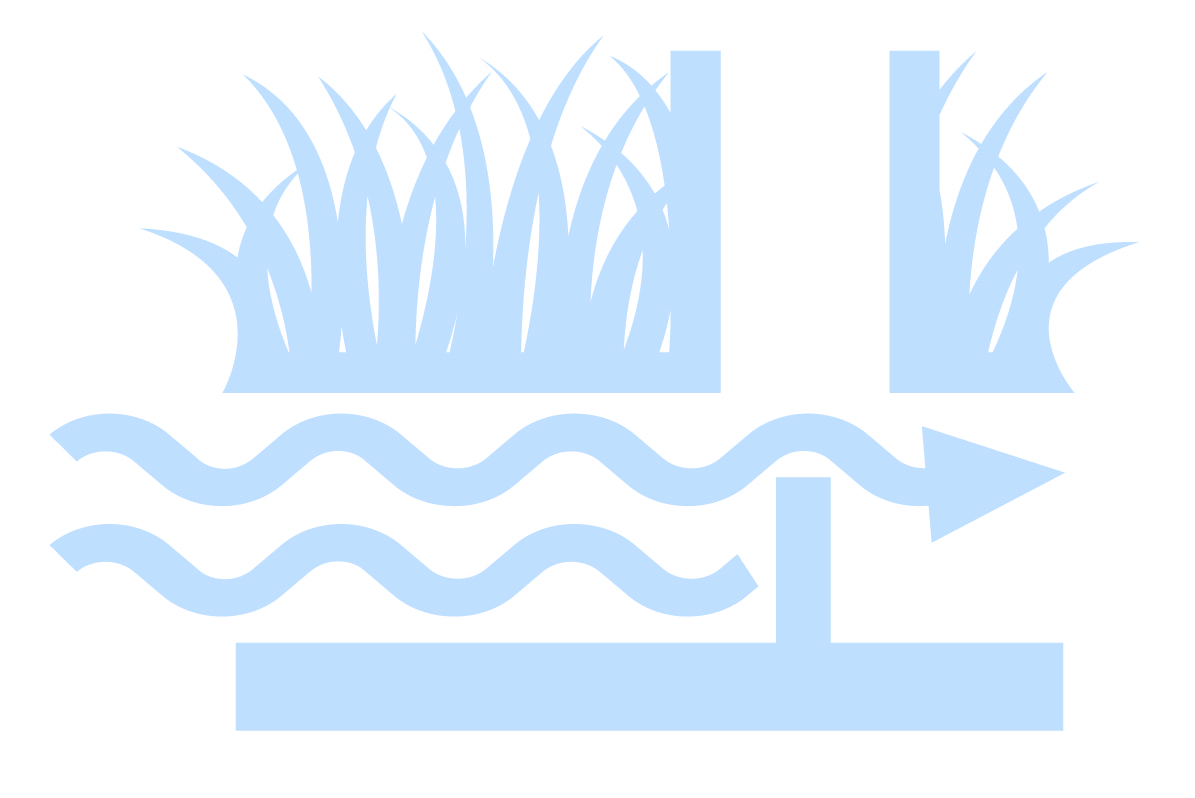
Drainage Water Management: Use of a water level control structure to manage drainage of water from fields throughout the year. The practice reduces the loss of nitrate and can increase crop yields in some years. This drainage and water solution is also called controlled drainage.
Drainage Water Management and the Iowa Nutrient Reduction Strategy
Drainage water management provides an average 33 percent reduction in nitrate leaving the field according to the Iowa Nutrient Reduction Strategy. Drainage water management has little impact on the concentration of nitrate in the drainage water, but by reducing the volume of drainage water leaving the field through drainage control structures, the overall load or total mass of nitrate leaving the field is reduced.
How do water level control structures work?
The water level is managed by installing drainage control structures that allow for the outlet to be raised when drainage isn’t critical – such as outside the growing season – and during the summer for potential water storage in the field. At times when drainage is needed, the outlet can be lowered and the system operates as a conventional drainage system.
Drainage control structures are best adapted to flat fields (up to 1 percent slope) because steeper, more variable land requires more control structures to manage water levels within a desirable range. Existing tile drainage systems can be retrofitted for drainage water management, but the cost effectiveness may be limited depending on how the system was designed. New systems designed with drainage water management in mind can maximize performance. The practice is better adapted to pattern-tiled fields as compared to random layouts.
Advantages and Disadvantages of Drainage Water Management
The advantages of drainage water management include reductions in nitrate loading to surface water and the potential for increased crop yields in some years. Yield advantages tend to be modest (up to 5 percent) and do not occur every year. The disadvantages of the practice include the cost of the water level control structures, increased management required to adjust outlet levels, and increased potential for runoff and soil erosion when water levels are high.
Additional Drainage Water Management Resources:
